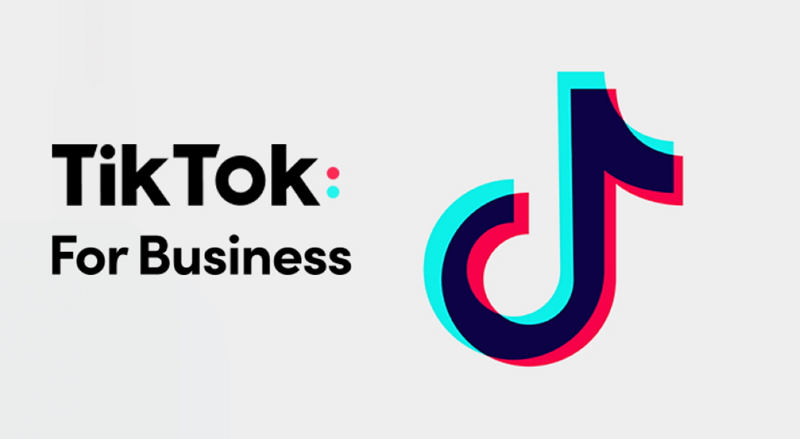YouTube and TikTok have revolutionized the way we consume and create video content. While they both share the goal of entertaining and engaging users, they have distinct features and appeal to different audiences. In this article, we will compare YouTube and TikTok across various aspects to help you understand their differences and strengths.

1. Content Length and Format:
YouTube is known for its long-form content, allowing creators to upload videos of any length, from a few minutes to hours. It caters to a wide range of content genres, including tutorials, vlogs, documentaries, and more. In contrast, TikTok thrives on short-form videos, limited to a maximum of 60 seconds, fostering creativity through quick, snappy content, such as lip-syncing, dance challenges, and comedy skits.
2. User Base and Demographics:
YouTube boasts a massive user base, appealing to all age groups, demographics, and interests. It attracts diverse content creators, making it a hub for educational, entertainment, and niche channels. TikTok, on the other hand, has gained immense popularity among younger generations, particularly Gen Z, with its emphasis on viral trends and user-generated content.
3. Discoverability and Algorithm:
YouTube relies heavily on search algorithms and personalized recommendations, enabling users to discover content based on their preferences and search queries. It also emphasizes channel subscriptions to maintain a loyal viewership. In contrast, TikTok's algorithm revolves around the "For You" page, providing a continuous feed of curated content based on user engagement, ensuring a constant stream of captivating videos.
4. Editing Tools and Effects:
YouTube offers comprehensive video editing tools, allowing creators to fine-tune their videos, add annotations, captions, and professional-level effects. It provides a range of customization options to enhance the production value of content. TikTok, while more focused on simplicity, offers user-friendly editing tools with a wide selection of filters, effects, stickers, and music that can be easily applied within the app itself.
5. Monetization Opportunities:
YouTube provides various avenues for monetization, including advertising revenue, channel memberships, merchandise sales, and brand partnerships. It offers greater flexibility and potential earnings for creators with larger audiences. TikTok, in its efforts to grow its creator community, recently introduced the Creator Fund, allowing eligible creators to earn money based on their video views and engagement.
Conclusion:
YouTube and TikTok cater to different content preferences and audiences. YouTube excels in long-form content, diverse genres, and monetization options, making it ideal for creators seeking a wide viewership and revenue potential. TikTok, with its short-form, engaging content and viral trends, captivates younger audiences and those seeking quick entertainment. Both platforms have their unique strengths and advantages, and choosing between them depends on your content goals, target audience, and creative style. Consider your objectives and explore the features of each platform to make an informed decision on where to share your video content.





